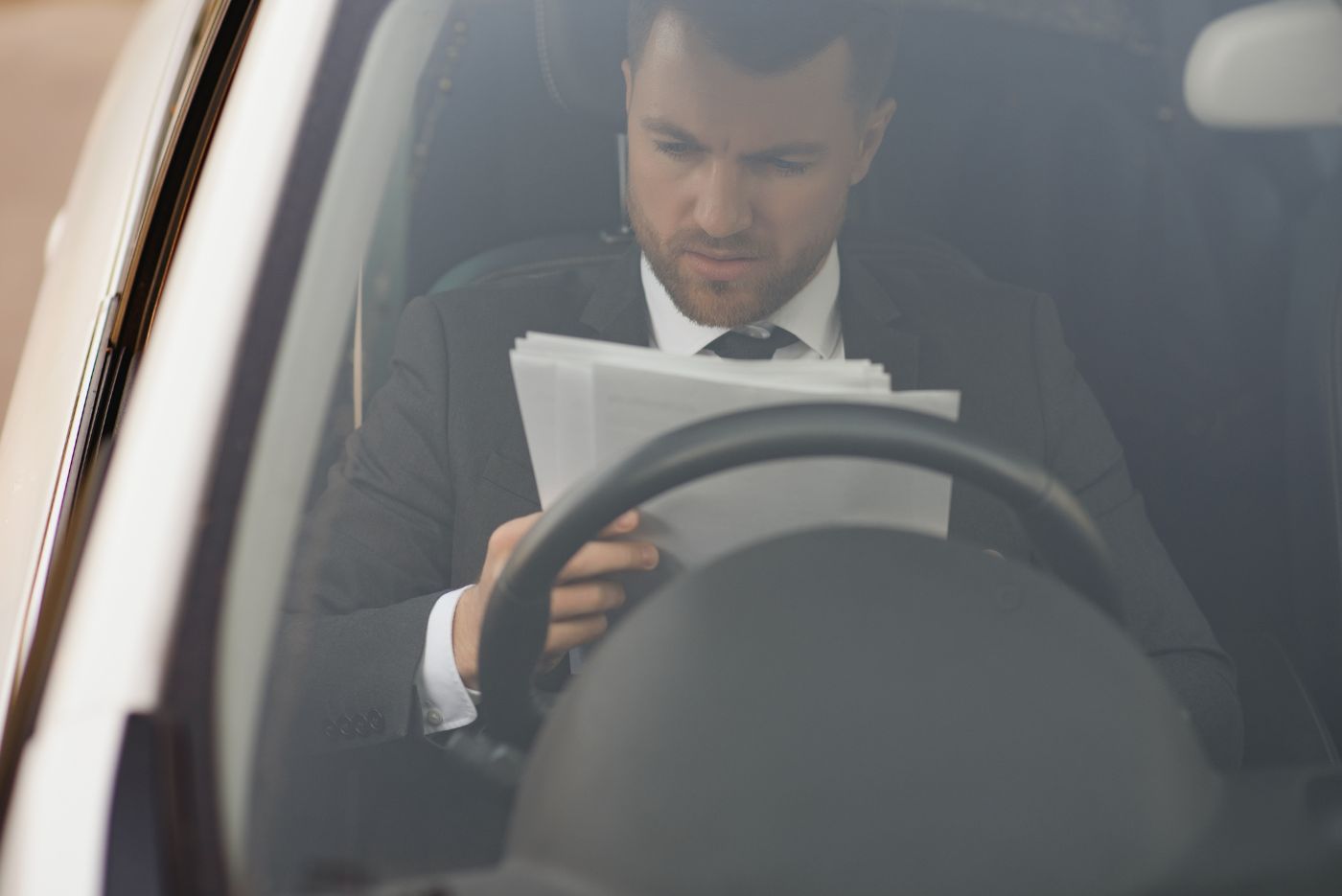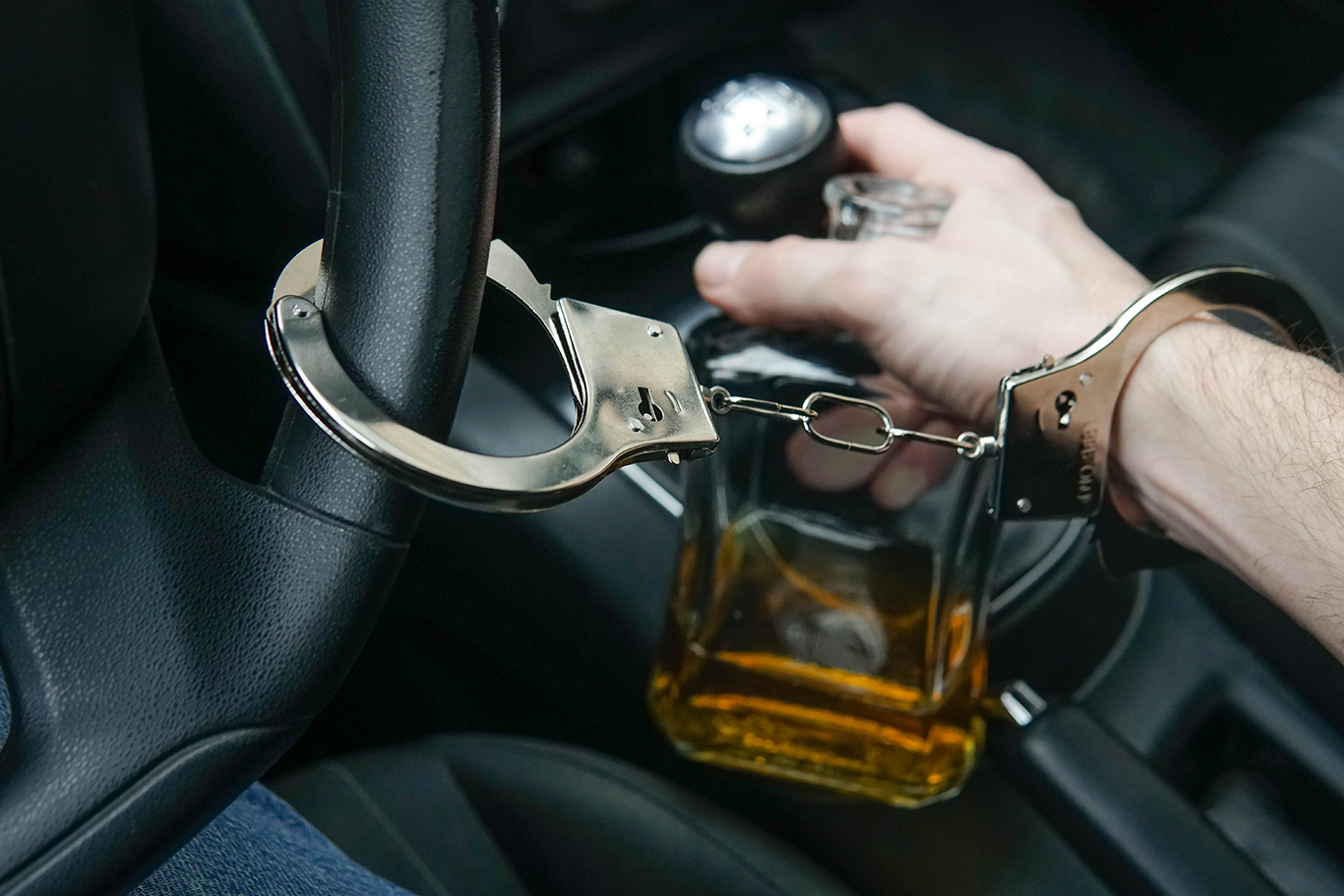Florida Hardship License vs. Business Purpose-Only Permit: What’s the Difference After a DUI?
16 April 2025
See How We're Different
or call us: (727) 620-0620

In Florida, facing the consequences of a DUI (Driving Under the Influence) can be a daunting experience. One of the most pressing concerns for individuals who have lost their driving privileges is understanding the options available to regain some form of mobility. Two common alternatives are the Florida Hardship License and the Business Purpose-Only Permit. Although they may seem similar at first glance, there are significant differences between the two. This article will delve into each option, outlining their purposes, eligibility requirements, and the application processes involved.
Understanding the Florida Hardship License
The Florida Hardship License is a restricted driving permit designed for individuals who have had their regular driver's license suspended due to a DUI conviction. This license allows individuals to drive under certain conditions, providing them with a chance to maintain their daily responsibilities, such as work, school, and medical appointments. It serves as a vital lifeline for many, enabling them to navigate the challenges of daily life while they work toward regaining full driving privileges.
Eligibility for a Hardship License
To qualify for a Florida Hardship License, several criteria must be met. First and foremost, the applicant must have had their driving privileges suspended for a DUI offense. Additionally, the individual must have completed a minimum period of suspension, which is typically 30 days for a first-time DUI offender. This period may vary based on the specifics of the case, including the severity of the offense and any prior driving record. Understanding these nuances is crucial for applicants as they navigate the complexities of the legal system.
Applicants must also demonstrate that they have not committed any further offenses during their suspension period. This includes not accumulating any additional points on their driving record or being involved in any other legal issues. Furthermore, individuals must provide proof of enrollment in a DUI school, which is a requirement for obtaining a Hardship License. This educational component not only serves as a corrective measure but also aims to instill a greater understanding of the dangers associated with impaired driving, ultimately fostering safer roadways for everyone.
Application Process for a Hardship License
The application process for a Florida Hardship License involves several steps. First, individuals must complete a DUI program and obtain a completion certificate. This program typically covers various topics, including the effects of alcohol and drugs on driving, legal consequences of DUI, and strategies for making safer choices in the future. Next, they need to gather necessary documents, which may include proof of residency, identification, and any relevant court documents. The thoroughness of this documentation can significantly influence the outcome of the application.
Once all documentation is prepared, individuals can apply through the Florida Department of Highway Safety and Motor Vehicles (DHSMV). This can often be done online, but in some cases, an in-person visit may be required. After submitting the application, a hearing may be scheduled to determine eligibility, during which the applicant can present their case for why they should be granted a Hardship License. During this hearing, it is essential for applicants to articulate their circumstances clearly and demonstrate their commitment to responsible driving in the future. The outcome of this hearing can have a profound impact on their ability to regain independence and manage their daily obligations, making preparation and understanding of the process all the more critical for success.
Exploring the Business Purpose-Only Permit
The Business Purpose-Only Permit is another type of restricted driving permit available in Florida, but it serves a more specific purpose. This permit is designed for individuals who need to drive solely for business-related activities, such as commuting to work or attending business meetings. Unlike the Hardship License, this permit does not allow for personal driving, which can limit its usefulness for some individuals. It is crucial for applicants to assess their driving needs carefully, as the restrictions imposed by this permit can significantly impact their daily routines and responsibilities.
Eligibility for a Business Purpose-Only Permit
To be eligible for a Business Purpose-Only Permit, applicants must also have their driving privileges suspended due to a DUI conviction. However, the requirements differ slightly from those of the Hardship License. For instance, applicants must provide evidence of their employment or business-related activities, demonstrating the necessity of driving for work purposes. This could include pay stubs, a letter from an employer, or documentation of self-employment, all of which help to substantiate the claim for needing the permit.
Additionally, individuals must have completed the required suspension period and show proof of enrollment in a DUI school. Unlike the Hardship License, the Business Purpose-Only Permit does not require a hearing, making the application process potentially quicker for those who meet the criteria. However, applicants should be aware that their driving privileges will remain limited to business purposes only, which means they must plan their schedules accordingly to avoid any potential violations.
Application Process for a Business Purpose-Only Permit
The application process for a Business Purpose-Only Permit is generally more straightforward than that of a Hardship License. Applicants must complete the necessary DUI program and gather supporting documentation, including proof of employment. Once the paperwork is ready, individuals can submit their application through the DHSMV. The efficiency of this process can be a relief for those who are eager to regain some level of mobility for work-related tasks.
In most cases, the approval process is faster, as there is no hearing involved. However, it is essential for applicants to ensure that all documentation is accurate and complete to avoid delays in receiving the permit. Additionally, it is advisable for applicants to familiarize themselves with the specific restrictions tied to the permit, as violating these can lead to further penalties or complications in the future. Understanding the limitations and responsibilities that come with the Business Purpose-Only Permit can help individuals navigate their professional obligations while adhering to the legal requirements set forth by the state.
Key Differences Between the Two Permits
While both the Florida Hardship License and the Business Purpose-Only Permit provide options for individuals with suspended licenses, there are some critical differences to consider. Understanding these differences can help individuals make informed decisions based on their circumstances.
Scope of Driving Privileges
The most significant difference between the two permits lies in the scope of driving privileges they offer. The Hardship License allows individuals to drive for a broader range of purposes, including work, school, and medical appointments. In contrast, the Business Purpose-Only Permit restricts driving solely to business-related activities, limiting personal use.
For individuals who need to maintain a more extensive range of driving activities, the Hardship License may be the better option. However, for those whose primary need is to commute to work, the Business Purpose-Only Permit may suffice. It’s important to note that the Hardship License can also be beneficial for parents who need to transport their children to school or extracurricular activities, thereby providing a sense of normalcy in family life during a challenging time.
Application Complexity
The application processes for the two permits also differ in complexity. Obtaining a Hardship License typically involves a hearing, which can add an extra layer of complexity and time to the process. Applicants must prepare to present their case and provide evidence of their need for driving privileges.
On the other hand, the Business Purpose-Only Permit usually has a more straightforward application process, as it does not require a hearing. This can make it a more appealing option for individuals looking for a quicker resolution to their driving privilege issues. However, it is crucial for applicants to ensure they have all necessary documentation ready, such as proof of employment or business ownership, to facilitate a smooth application process.
Duration of Privileges
The duration of the driving privileges granted by each permit can also vary. A Hardship License may be issued for a more extended period, depending on the individual's circumstances and compliance with the terms of the permit. In contrast, the Business Purpose-Only Permit is often granted for a shorter duration, typically aligned with the individual's suspension period.
It is essential for applicants to be aware of the duration of their permits and any renewal requirements to avoid lapses in their driving privileges. Additionally, individuals should be mindful of the conditions attached to each permit, as violations can lead to further penalties or complications in obtaining future driving privileges. Keeping track of deadlines and maintaining compliance with the terms of the permit is vital for ensuring uninterrupted access to driving privileges, which can significantly impact one’s ability to manage daily responsibilities and commitments.
Consequences of Violating Permit Restrictions
Both the Hardship License and the Business Purpose-Only Permit come with strict restrictions. Violating these restrictions can lead to severe consequences, including further legal penalties and extended suspension of driving privileges. Understanding the limitations of each permit is crucial for maintaining compliance and avoiding additional complications. The importance of adhering to these guidelines cannot be overstated, as they are designed not only to regulate driving behavior but also to ensure the safety of all road users.
Potential Penalties for Violations
Individuals who violate the terms of their Hardship License or Business Purpose-Only Permit may face penalties that can include fines, additional suspension time, or even criminal charges. For example, if someone with a Business Purpose-Only Permit is caught driving for personal reasons, they could face a violation that may lead to a longer suspension or other legal ramifications. In some jurisdictions, repeated violations can escalate the penalties significantly, resulting in a more severe legal status, such as a felony charge, which can have lasting effects on one’s record and future employment opportunities.
It is imperative for permit holders to adhere strictly to the conditions of their permits to avoid these potential penalties. Keeping a clear understanding of what activities are permitted can help individuals navigate their driving needs without running afoul of the law. Additionally, permit holders should regularly review any updates or changes to the regulations governing their licenses, as laws can evolve and new restrictions may be implemented that could affect their driving privileges.
Steps to Take if a Violation Occurs
If a violation of permit restrictions occurs, it is essential to take immediate action. Individuals should consult with a legal professional who specializes in DUI cases to understand their options and potential consequences. Depending on the situation, it may be possible to mitigate the impact of the violation through legal representation. Engaging with a knowledgeable attorney can provide clarity on the legal process and help individuals navigate the complexities of their case, potentially leading to reduced penalties or alternative sentencing options.
Additionally, individuals should be proactive in addressing any underlying issues that may have contributed to the violation, such as seeking support for alcohol-related problems or attending counseling sessions. Taking responsibility for one’s actions can be a crucial step in moving forward and regaining full driving privileges. Furthermore, participating in community programs or educational workshops related to safe driving can demonstrate a commitment to change and may positively influence any legal proceedings. Such proactive measures not only aid in personal growth but can also serve as mitigating factors in court, showcasing a willingness to comply with the law and prioritize safety on the roads.
Conclusion: Making an Informed Decision
In conclusion, understanding the differences between the Florida Hardship License and the Business Purpose-Only Permit is essential for individuals facing the aftermath of a DUI conviction. Each option has its unique benefits and limitations, and the right choice will depend on individual circumstances and needs.
For those who require broader driving privileges for various aspects of their lives, the Hardship License may be the more suitable option. Conversely, individuals whose primary need is to drive for work-related purposes may find the Business Purpose-Only Permit to be a more straightforward and efficient solution.
Regardless of the choice made, it is vital to adhere to the permit's restrictions and stay informed about the requirements to maintain compliance. Seeking legal advice when navigating the complexities of DUI-related driving permits can also be a wise step to ensure the best possible outcome.




